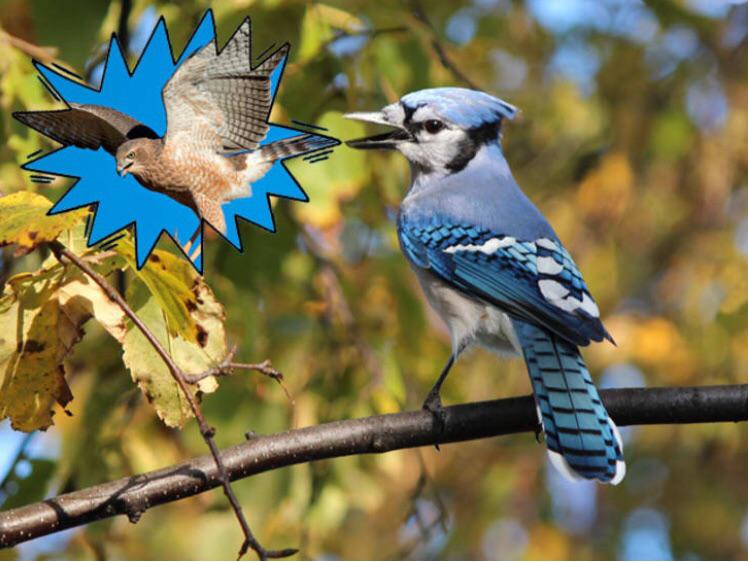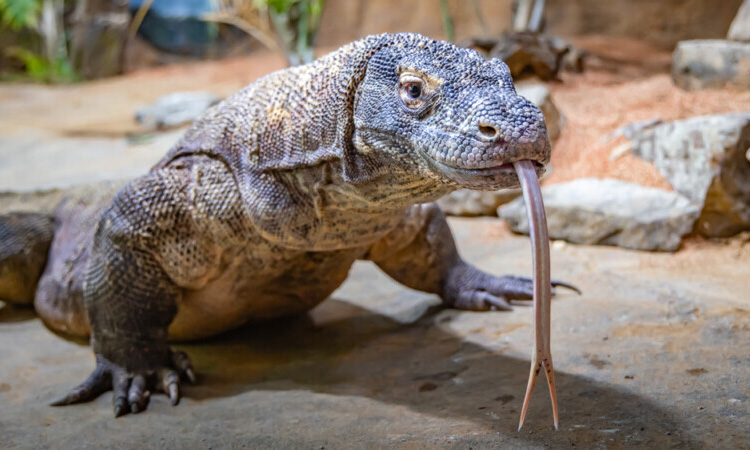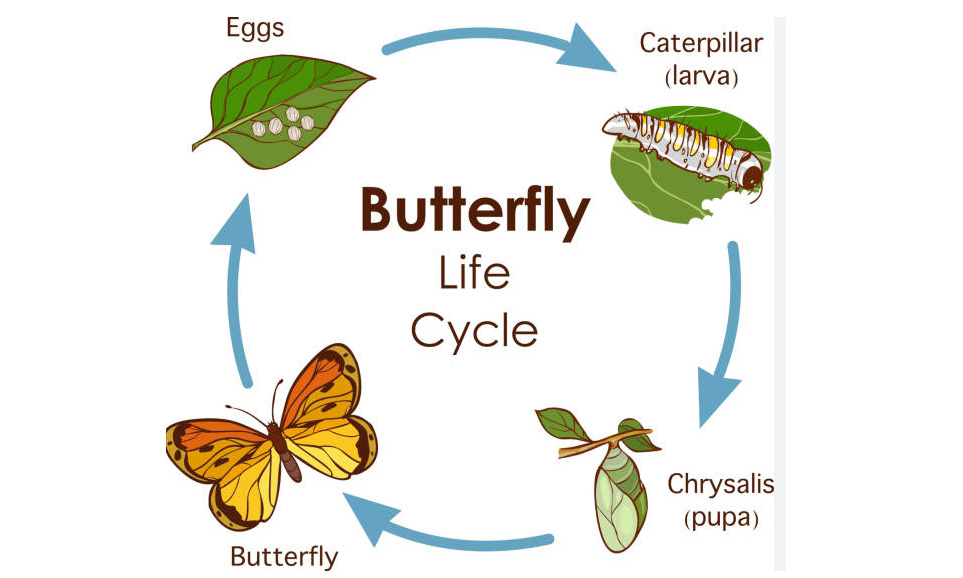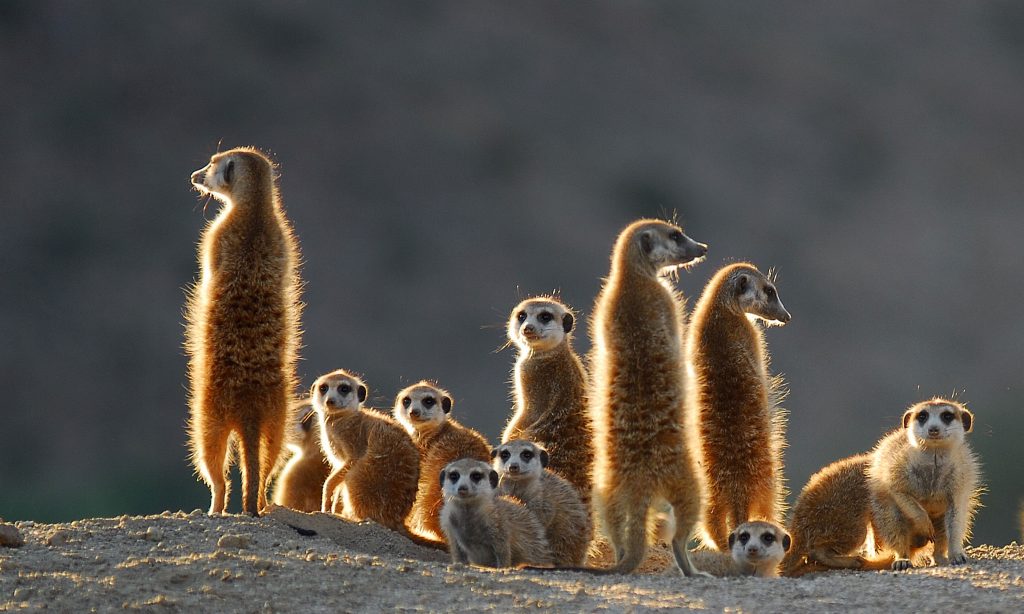Why do blue jays mimic hawks? In the vast tapestry of nature, the behavior of animals often conceals intriguing mysteries waiting to be unraveled. Among these enigmatic phenomena lies the curious habit of blue jays mimicking hawks. While the reasons behind this behavior may not be immediately apparent, a closer examination unveils a fascinating array of theories and insights into the complex world of avian communication and survival strategies.
1. Evading Predators: The Art of Deception
At first glance, the act of mimicking a larger, more formidable predator may seem counterintuitive for a bird as small and agile as the blue jay. However, this clever tactic serves as a form of deception, allowing the blue jay to deter potential threats and protect its territory and offspring. By emitting calls that mimic the piercing cries of hawks, blue jays create the illusion of a nearby predator, effectively discouraging other birds from encroaching upon their territory or raiding their nests.

2. Asserting Dominance: Establishing Social Hierarchy
In addition to warding off predators, the mimicry of hawks may also play a role in social interactions among blue jays. By imitating the calls of hawks, blue jays assert their dominance and establish their status within their social group. This vocal mimicry serves as a form of communication, allowing blue jays to signal their strength and assertiveness to rival individuals and maintain their position within the hierarchical structure of their community.
3. Learning from Observation: Cultural Transmission
Another intriguing aspect of blue jays mimicking hawks lies in the realm of cultural transmission. Like many other species of birds, blue jays are capable of learning and imitating vocalizations through observation and social learning. Young blue jays may observe the behavior of adult birds, including the mimicry of hawks, and learn to replicate these calls as they mature. This cultural transmission of vocalizations helps perpetuate the behavior within the population and ensures its continuation across generations.
4. Adaptive Advantage: Maximizing Survival
Ultimately, the mimicry of hawks by blue jays exemplifies the remarkable adaptability of birds in the face of environmental challenges. By employing this sophisticated form of communication and deception, blue jays enhance their chances of survival in their natural habitat. Whether deterring predators, asserting dominance, or perpetuating cultural traditions, the mimicry of hawks confers a distinct adaptive advantage upon blue jays, allowing them to thrive in the complex and competitive world of the avian ecosystem.
Why do blue jays mimic hawks? In conclusion, the phenomenon of blue jays mimicking hawks represents a captivating intersection of biology, behavior, and evolutionary ecology. Through vocal mimicry, blue jays navigate the intricate dynamics of predator-prey relationships, social hierarchies, and cultural transmission, showcasing the remarkable ingenuity and adaptability of these charismatic birds. As we continue to explore the mysteries of the natural world, the behavior of blue jays serves as a testament to the endless wonders waiting to be discovered within the realms of avian behavior and communication.




